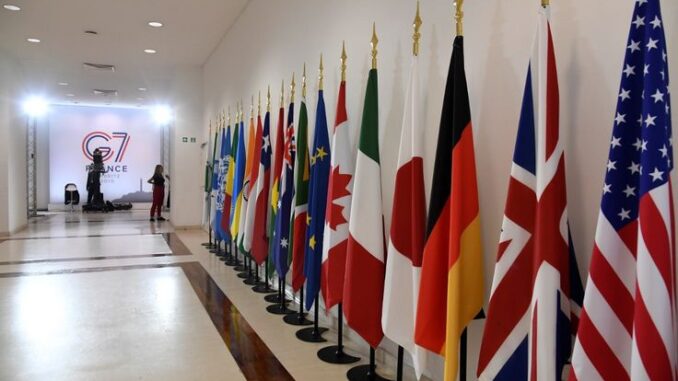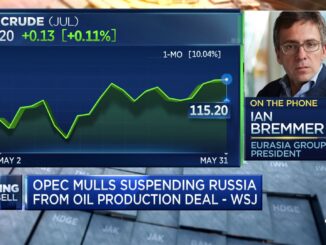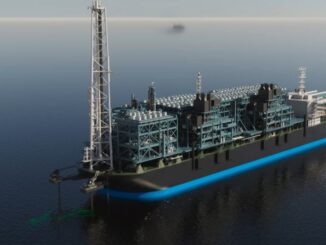
More LNG sector investment is needed to respond to the current energy crisis and to aid efforts to phase out Russian gas dependency, G7 leaders have agreed.
With global gas prices having reached record highs in 2022, more investments are being approved in the LNG sector — both for new liquefaction facilities, in particular in the US, and for new regasification infrastructure, mostly in Europe.
In its final communique following a summit held June 28, the G7 said LNG had a major role to play in cutting dependence on Russia.
“Investment in this sector is necessary in response to the current crisis,” it said.
“With a view to accelerating the phase-out of our dependency on Russian energy, we stress the important role increased deliveries of LNG can play,” it said.
The G7 has committed to end new direct public support for the international unabated fossil fuel energy sector by the end of 2022, except in limited circumstances.
However, LNG investment is now seen as a crucial element in improving gas supply security.
“In these exceptional circumstances, publicly supported investment in the gas sector can be appropriate as a temporary response, subject to clearly defined national circumstances,” the G7 said.
Investment should also be facilitated in a manner “consistent with our climate objectives and without creating lock-in effects, for example by ensuring that projects are integrated into national strategies for the development of low-carbon and renewable hydrogen.”
LNG trade
Global LNG trade continues to grow, with imports last year up by 4.5% to 372.3 million mt, according to the latest annual report from industry group GIIGNL, which represents the world’s LNG importers and import infrastructure operators.
In the report published in May, GIIGNL President Jean Abiteboul said the European energy crisis was a “stark reminder” of the vital role of LNG in ensuring energy security and economic stability.
Abiteboul said the group would monitor the “paradigm shift” in the sector over the coming year as governments and public institutions become increasingly involved in the LNG business.
Europe in particular is looking to LNG to replace Russian gas imports and is rushing to install new LNG import infrastructure.
Abiteboul said that additional investments “in all stages of the gas and LNG supply chains” would need to be made to meet expected demand growth.
Growth was driven in 2021 by economic recovery in China, rising gas demand for power generation in South Korea, lower-than-expected pipeline supplies to Europe and reduced availability of hydropower in Brazil.
The increase in global LNG demand came despite spot LNG prices moving higher throughout 2021.
The benchmark Platts JKM spot Asian LNG price averaged $18.60/MMBtu last year, compared with an average of just $4.39/MMBtu in 2020.
Spot LNG prices have remained at sustained highs in 2022, with the JKM reaching a record high of $84.76/MMBtu in March.
It was last assessed June 29 at $38.59/MMBtu.
Price cap
G7 leaders were also reported to have discussed the possibility of a cap on Russian gas prices — as well as a similar mechanism for Russian oil — but there was no mention of a gas price cap in the final communique.
Russian government spokesman Dmitry Peskov on June 28 was reported as saying that any gas price cap would likely mean the need for revisions to long-term contracts with European buyers.
“[Gazprom] will probably seek to revise current contracts,” Peskov was quoted as saying by the Tass news agency.
Source: Spglobal.com



